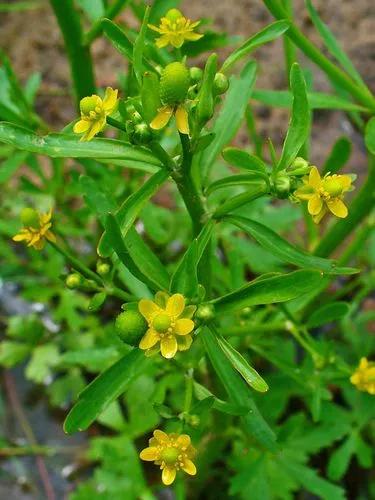Sorbus aria (syn. Aria nivea), the whitebeam or common whitebeam,is a European and Near-Eastern deciduous tree, the type species of the subgenus of the whitebeams. Typically compact and domed, with few upswept branches and almost-white underside of the leaves, it generally favours dry limestone and chalk soils. The hermaphrodite cream-white flowers appear in May, are insect pollinated, and go on to produce scarlet berries, which are often eaten by birds.
Whitebeams Care
Sorbus Aria



Sorbus aria is a deciduous Tree growing to 12 m (39ft) by 8 m (26ft). It is hardy to zone (UK) 5 and is not frost tender. It is in flower from May to June, and the seeds ripen from September to October. The species is hermaphrodite (has both male and female organs) and is pollinated by Insects. It is noted for attracting wildlife. Suitable for: light (sandy), medium (loamy) and heavy (clay) soils, prefers well-drained soil and can grow in heavy clay soil. Suitable pH: acid, neutral and basic (alkaline) soils and can grow in very acid and very alkaline soils. It can grow in semi-shade (light woodland) or no shade. It prefers moist soil. The plant can tolerate maritime exposure. It can tolerate atmospheric pollution.Leaf buds are green and pointed and leaf stalks are short. Leaves are thick, oval and irregularly toothed, with the underneath covered in white, felt-like hair. When the leaves first unfold they look like magnolia flowers. They fade to a rich russet colour before falling in autumn.Whitebeam is hermaphrodite, meaning each flower contains both male and female reproductive parts. The five-petalled flowers appear in clusters in May, and are pollinated by insects.Flowers develop into scarlet berries, which ripen in late summer or autumn.
How to Care for the Plant

Popularity

229 people already have this plant 89 people have added this plant to their wishlists
Discover more plants with the list below
Popular articles






